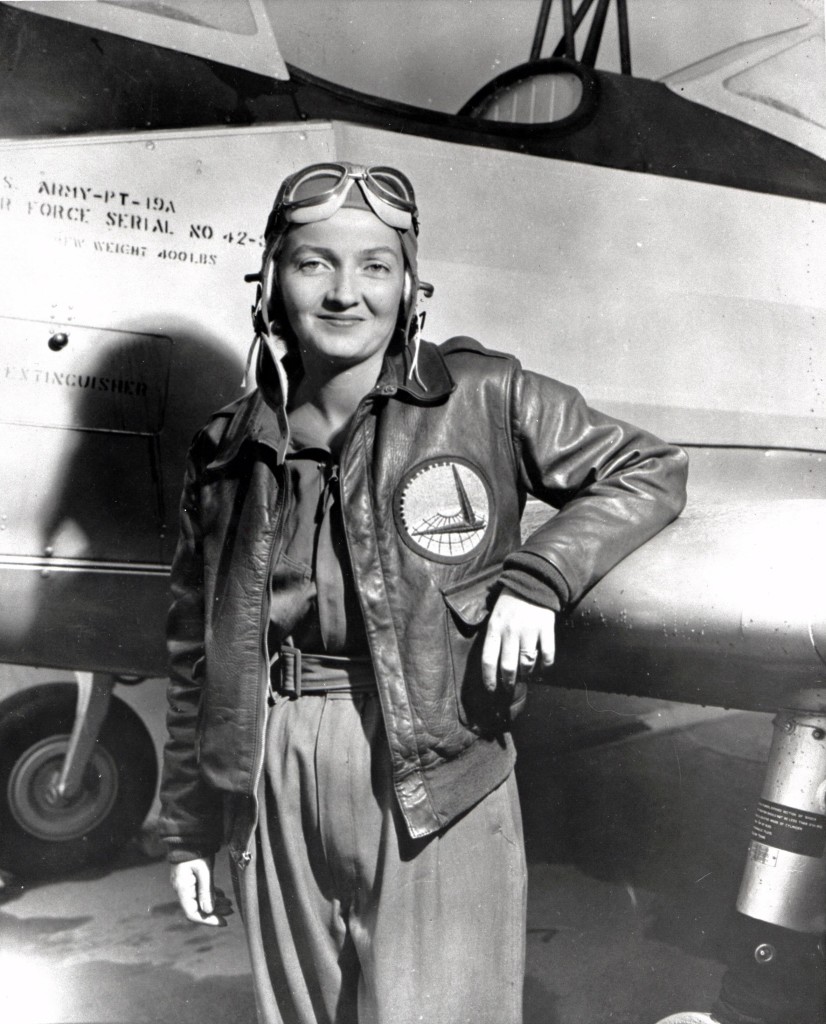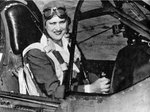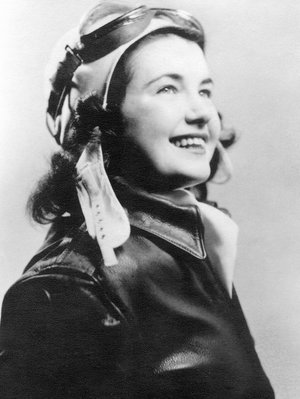Women’s History Month and WWII WASPs
Home Front Friday is a regular series that highlights the can do spirit on the Home Front during World War II and illustrates how that spirit is still alive today!
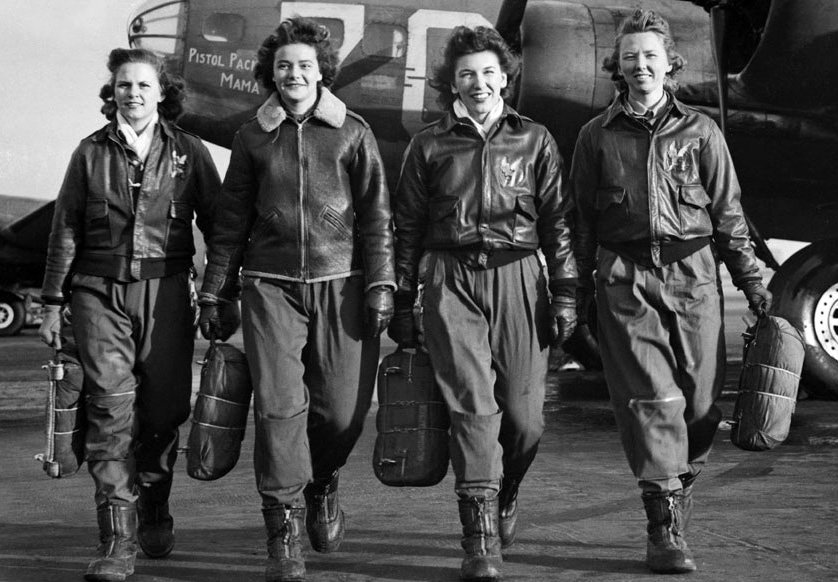
WASP pilots. Photo courtesy of National Public Radio website.
In light of how March was Women’s History Month and how March 8th was the recent celebration of International Women’s Day, the history of women supporting the war effort during WWII is particularly relevant. The role women played in WWII was a significant part of the American Home Front, which this blog highlights. Today’s topic will focus on the efforts of the WASP unit made up of civilian women for the original purpose of ferrying newly built air crafts to flight schools around the U.S. Yet, these women are now acknowledged as official veterans of WWII and for the often dangerous missions they undertook to help on the Home Front.
WASPs, otherwise known as Women Airforce Service Pilots, was first organized as a squadron in the summer of 1943. The squadron was actually the result of a merging of two separate women pilot programs within the U.S. that were already in place as a response to the U.S. entering the war. The WAFS, Women’s Auxiliary Ferrying Squadron, commanded by Nancy Harkness Love combined with the WFTD, Women’s Flying Training Detachment, which was led by Jacqueline Cochran by August of 1943. By the end of WWII, over 1,000 women were trained as pilots for WASP.
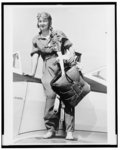
Nancy Harkness Love. Photo courtesy of the Library of Congress online collections.
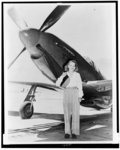
Jacqueline Cochran with an F-51 “Mustang” airplane. Photo courtesy of the Library of Congress online collections.
Some of the duties of the brave women who served as WASPs included transporting equipment and personnel vital to military operations and the dangerous job of flight testing repaired aircrafts before they were sent to men in combat.
One testimonial by Margaret Phelan Taylor, who served as a WASP, describes the time she was transporting a plane suffering from technical issues due to faulty parts burning out. Taylor did not have an adequate parachute fitted for a woman though and had to decide whether to jump and take her chances with the parachute or try to continue flying and hope she made it to her destination. She ended up completing the flight despite the smoking cockpit.
To learn more about the experiences of actual WASPs, check out this oral recording of Geraldine Nyman’s time as a WASP found in the digital collections at the National WWII Museum. Her account can be found at this link.
However, despite the danger these women faced in serving their country and their contributions to the military during the war, WASP was only designated a civil service program, and its pilots, were seen as civilians rather than veterans until 1977, when they were recognized as veterans finally. Prior to their having veteran privileges, WASPs could not receive veteran burials. Not even the thirty-eight women who died during service were able to have veteran honors for their funerals. Furthermore, these women and their families were not rewarded with benefits normally awarded to those who served.
In 2009, President Obama signed the bill for WASPs to be awarded the Congressional Gold Medal, the highest honor a civilian can receive from Congress. The award ceremony took place in March 2010 and about 200 former WASPs attended the event.

President Obama signing the bill for WASPs to be awarded the Congressional Gold Medal. Photo courtesy of U.S. Army website.
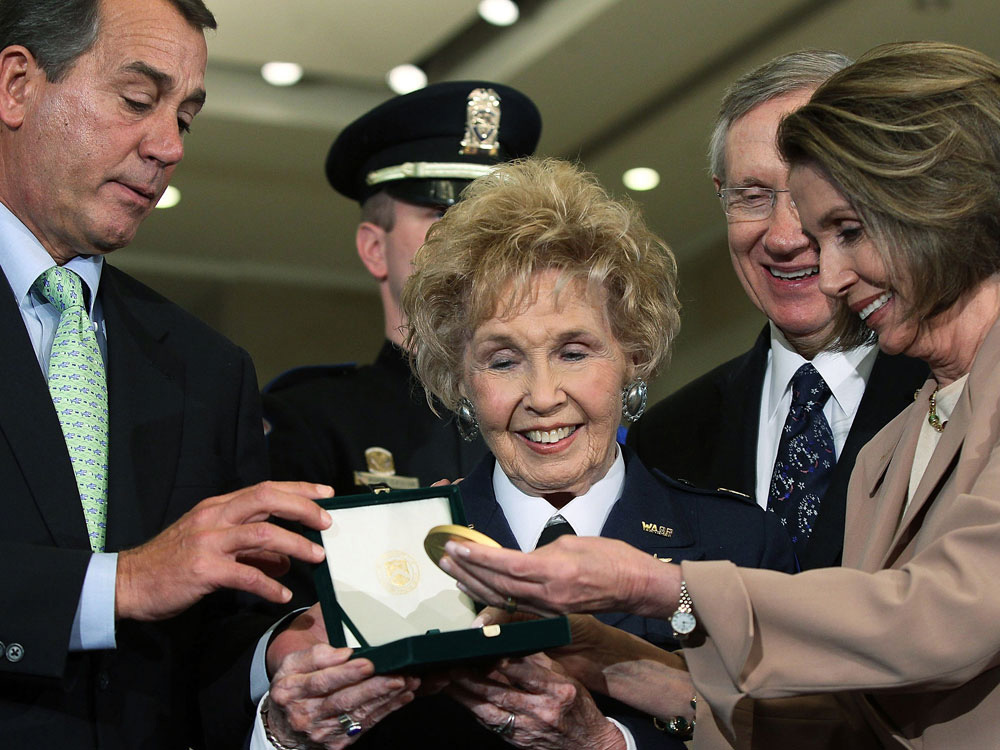
Deanie Parrish, former WASP pilot, accepting her Congressional Gold Medal. Photo courtesy of National Public Radio website.
To honor these women and those like them during not just Women’s History month but throughout the whole year, here’s a few suggestions:
- Educate yourself about critical women in history, women important to you locally, and women in your family
- Consume art by women and support them. Films, literature, art pieces…
- Volunteer for an organization dedicated to helping women
- Shadow a woman for a day
- Change your profile picture on Facebook, Instagram, or Twitter to a notable woman in history or your life
- Show your support for an organization or business run by a woman
- Google what modern inventions we have to thank women for. Coffee filters for your cup of joe, wifi, and dishwashers are just some.
Posted by Savannah Bamburg, Education Intern and Lauren Handley, Assistant Director of Education for Public Programs at The National WWII Museum.
- Posted :
- Post Category :
- Tags : Tags: Home Front
- Follow responses to this entry through the RSS 2.0 feed. Both comments and pings are currently closed.


